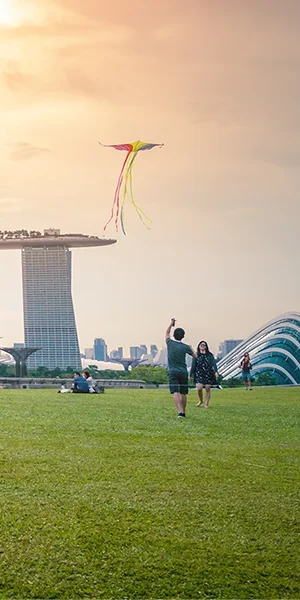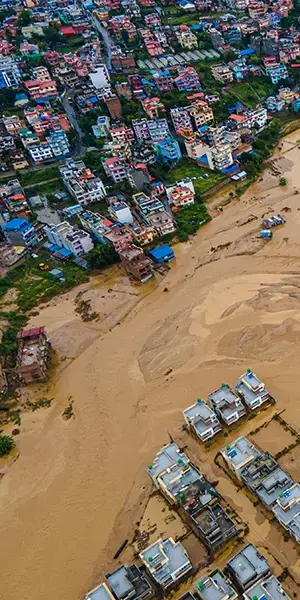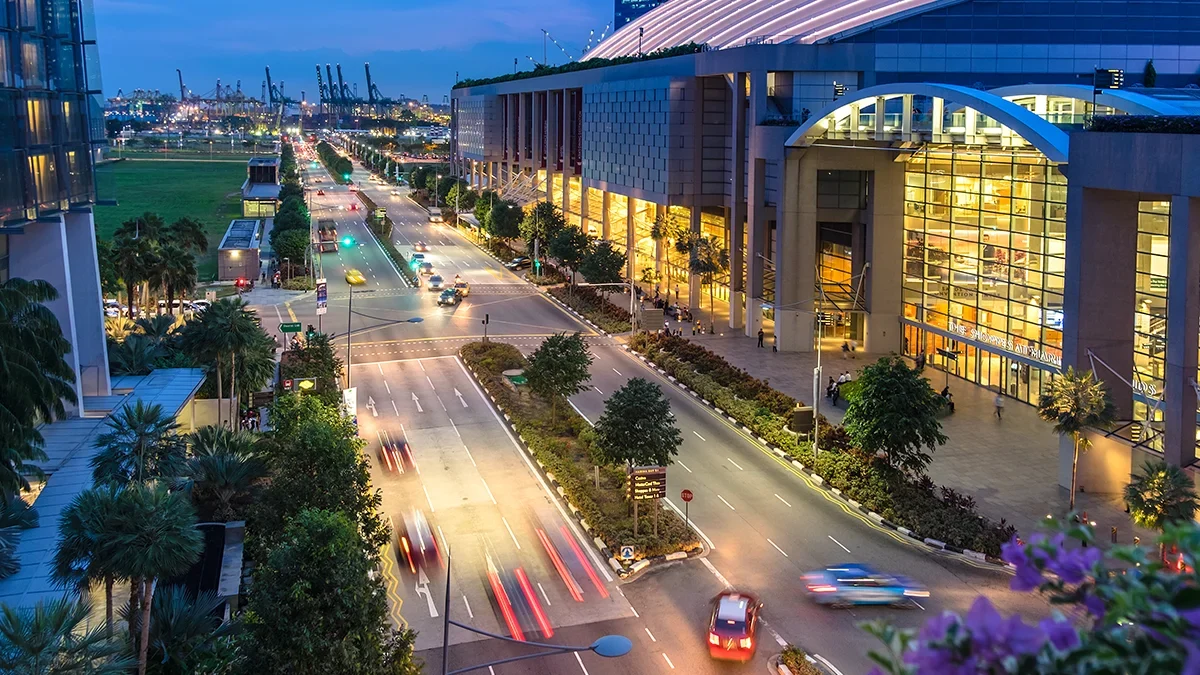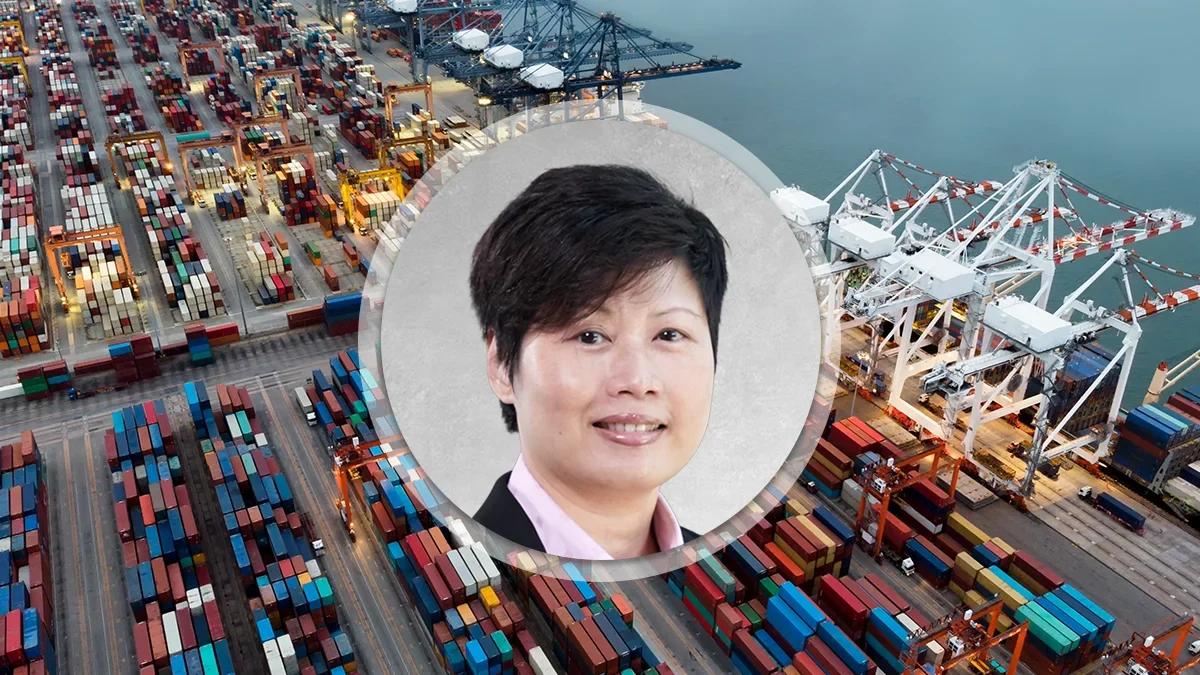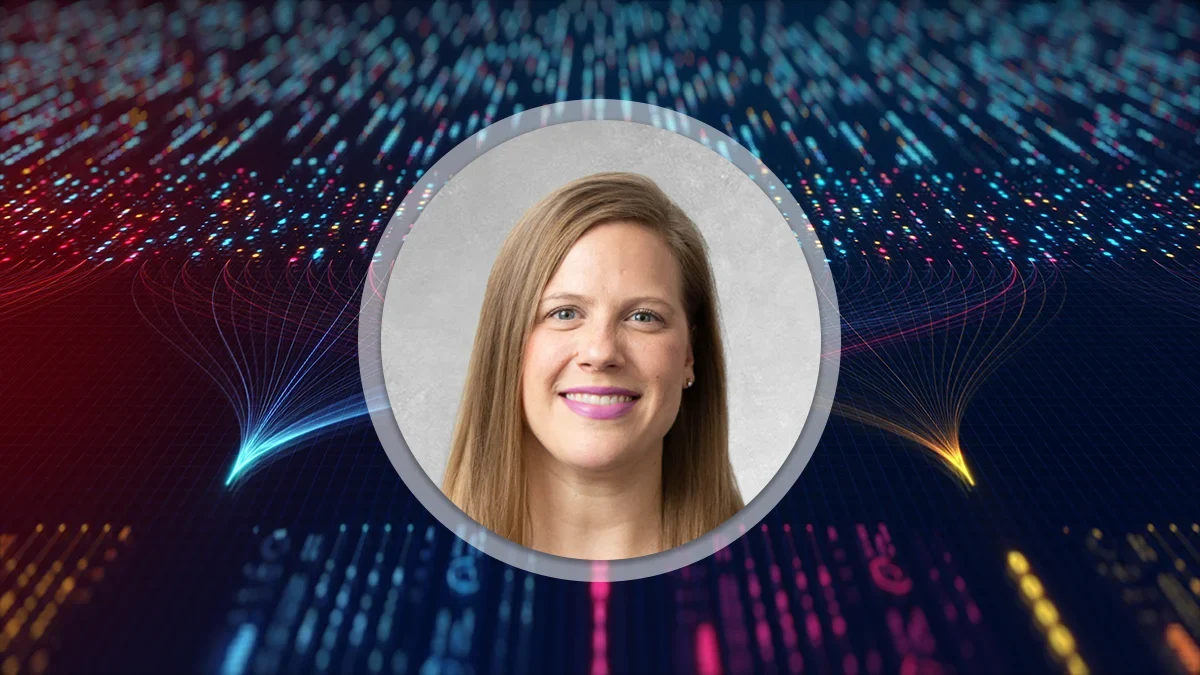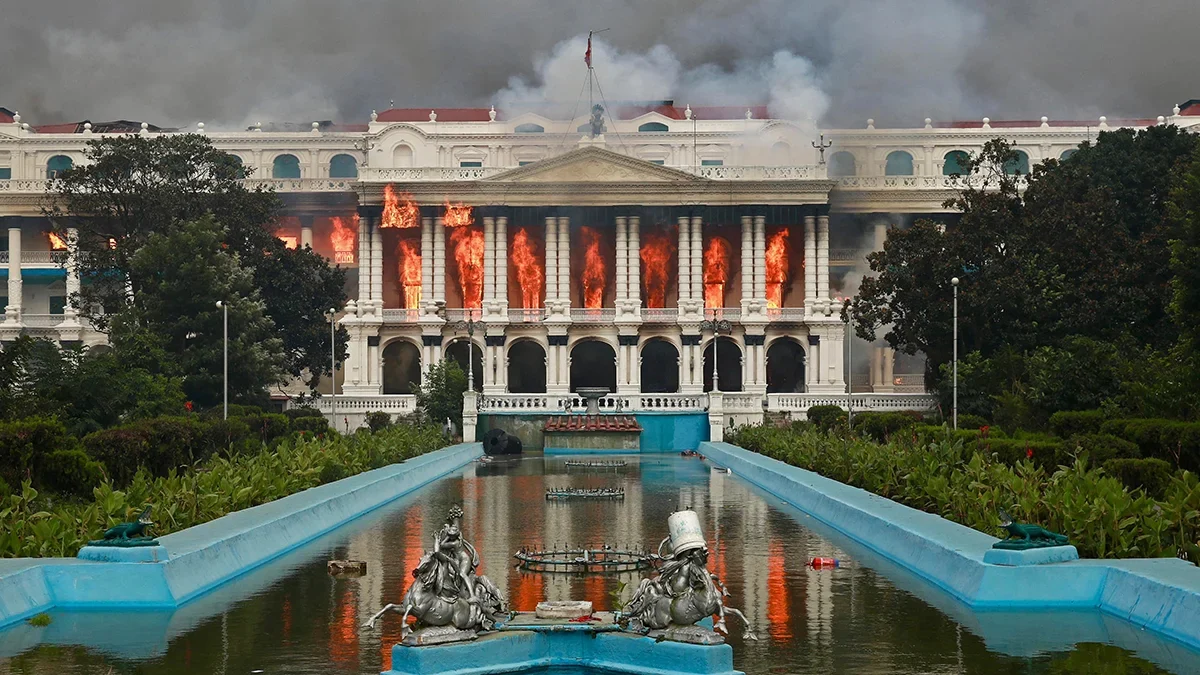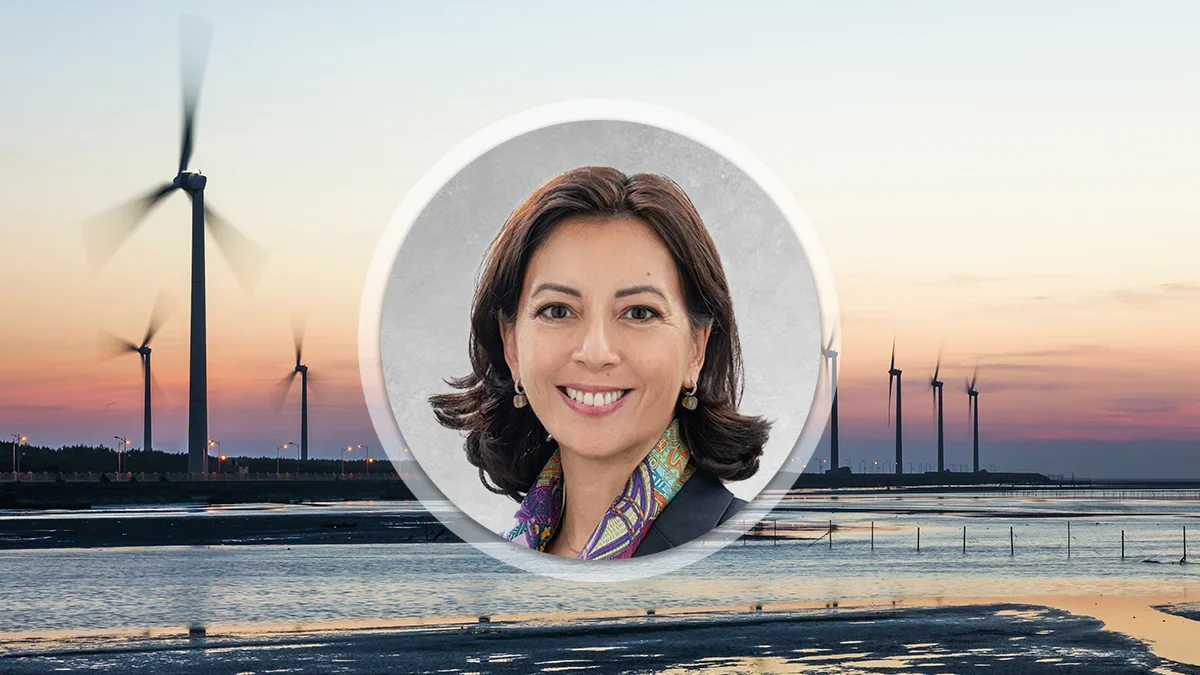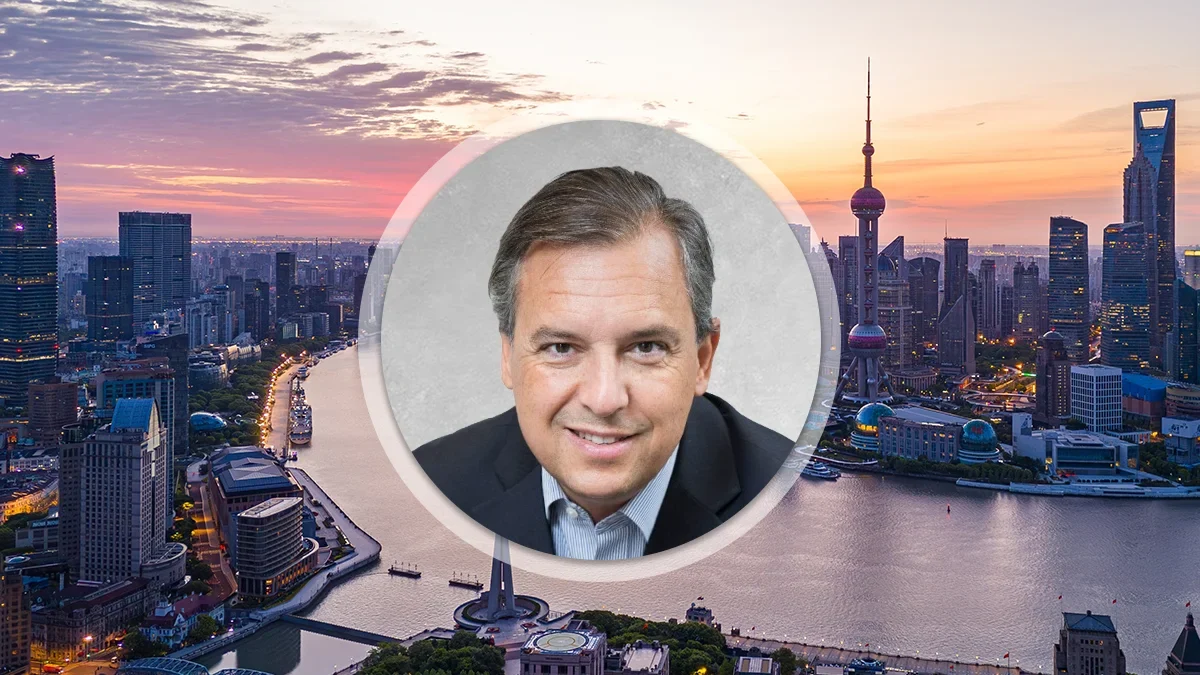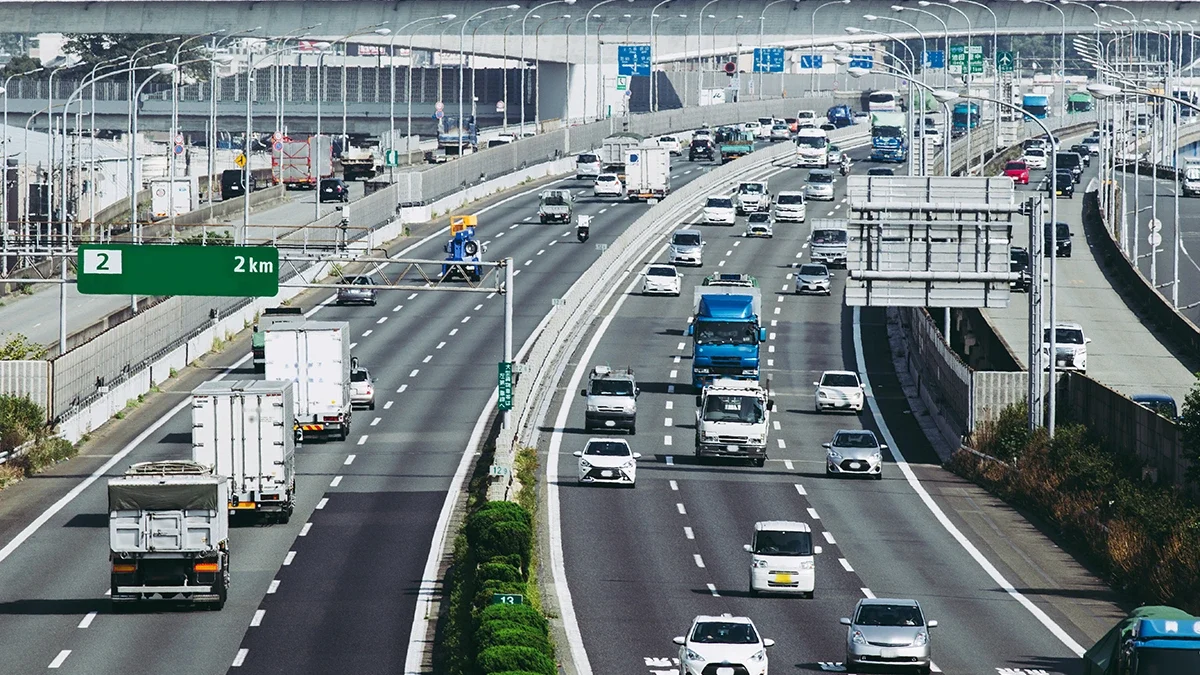(Re)in Summary
• Allianz’s Chris Townsend said reinsurers have ceded innovation to brokers, MGAs, and insurtechs, creating risk for the industry.
• Townsend warned that alternative capital is expanding in the MGA sector and could take on risks traditional reinsurers cannot, unless the industry innovates.
• Industry must also attract younger talent beyond current 46-year average age by positioning itself as innovation-focused rather than purely risk-taking, Townsend added.
• Climate change creates protection gaps requiring stronger public-private partnerships and collaborative approaches to build resilience infrastructure
• Insurers have to bring solutions to the table, or governments may step in, bringing lost opportunities
(Re)insurers need to work collaboratively with alternative asset managers and develop creative structural solutions to meet the risks of the future, said Chris Townsend, member of the board of management at Allianz SE during his opening speech at the Singapore International Reinsurance Conference (SIRC) on Tuesday (Nov 4).
Alternative capital will continue to pose a significant challenge to the industry, said Townsend, given their willingness to absorb new financial risks, and traditional reinsurers risk being left in a “dangerous” situation without an innovative structural solution.
“We have to ask ourselves clearly, when was the last time that we as an industry introduced a truly innovative risk solution apart from cyber?”
“I believe firmly that that the reinsurance industry has abdicated its responsibility in terms of innovation, and left it to the domain of the brokers, the MGAs and insurtechs,” Townsend added.
Reinsurers should not underestimate the role of alternative capital, Townsend warned, as cedants look elsewhere to protect against earnings and sideways risk. “If they don’t get it from the traditional market, they will get it from the alternative capital markets.”
Alternative capital is being deployed across vast swathes of MGA business in the U.S., Townsend pointed out. A July report from Conning said that over half of U.S. MGAs saw insurance-linked securities providing capacity.
MGAs in the U.S. are also using AI and machine learning to be precise about the types of risks they can take. “You start to get a glimpse of what the future might hold in terms of where alternative capital will play going forwards,” he said.
Alternative capital looks at pools of risk from a diversification basis, and are willing to commit to structural solutions with much more capacity, “which only a very small handful of traditional carriers have the financial heft to absorb,” Townsend said. “From a technical underwriting point of view, traditional carriers price risk, (and) alternative asset managers take risk, and they take vast sums of risk.”
Once that risk goes to alternative capital providers, “it’s not coming back,” Townsend added.
Being innovative, attracting talent
The world is changing quickly around the reinsurance industry, and carriers will have to acknowledge that risks are no longer isolated or linear but interconnected, complex and exponential, Townsend said. “Yet our approach, I think, remains relatively siloed, and it feels to me like we’re looking at 21st century risks with the 20th century mindset.”
Reinsurance is rich in expertise and insight, and reinsurance leaders are capable of understanding interconnected risks, he added. “But there is a responsibility on us to make sure that we continue to attract and nurture talent and develop talent for the future as well, an area where the industry hasn’t been great historically.”
The average age of people who work in reinsurance is 46 years, Townsend added. To inject fresh blood into their ranks, (re)insurers have to position themselves as more innovation focused and not just purely about taking risks.
“We have to explain to the youth not only the purpose of insurance and reinsurance, but how it’s the intersection of underwriting with robotics, climatology and science,” Townsend added.
“It’s a fascinating industry,” he said. “We just need to do a better job collectively to explain this to people.”
With AI transforming the industry, insurers will need to be transparent and honest about its role in the workplace, said Townsend. “Not all of that displacement (in jobs) will come from natural attrition,” he said. “There will be significant changes going forward.”
Alternatives to fix protection gap
As climate change starts having an impact on the very insurability of many regions around the world, (re)insurers have to yet to do much to close the protection gap, Townsend warned.
Climate change will hit the vulnerable “early and fast”, Townsend said, and impact middle-income families in developed markets and a challenging future for the younger generation. “I think that’s not just a financial issue, it’s a fairness issue, and the fairness issue, or that perceived lack of fairness, leads very much to the polarisation we see around the world at the moment.”
The industry will need to do much more in terms of climate resilience, he added. “We’ve got the skills, we’ve got the resources, but it needs a much more collaborative approach, and one with firmer leadership than I think we’re we’re demonstrating today.”
Insurers will have to do a better job in terms of partnering with the public sector, said Townsend, and work towards strong partnerships with governments. “The private sector has to bring solutions to the problem, or the state will step in, and if the state steps in, that will be lost forever for our industry.”
The Cyclone Pool is an example of such a missed opportunity, Townsend said. “That premium is gone, and it will not come back to the industry. Some might say that’s a good thing, but it’s gone.”



